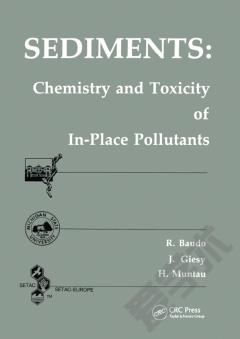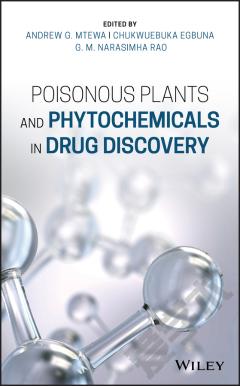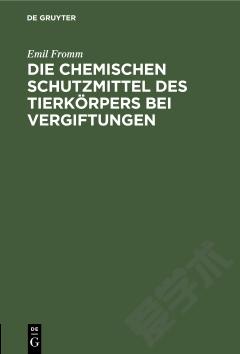Sediments —— Chemistry and Toxicity of In-Place Pollutants
----- 沉积物的化学性质和污染物的毒性
Sediments have only recently been considered as non-point sources of environmental contaminants. While most researchers concentrate on a small number of elements including copper, cadmium, lead and mercury, few authors have considered rarer trace elements except in relation to specific sources. Examples of trace elements emanating from non-point sources include: boron and fluorine leaching from oil shale; silver from acid mine drainage; arsenic from urban retention basins; and many metals emitted during fossil fuel burning and ore smelting. In terms of residence times, the situations in rivers and lakes are very different. Following the abatement of chemical pollution into the rivers, elevated concentrations of pollutants continue for a period, depending on a number of physical factors. However, in lakes a number of processes cause contaminants to migrate to the sediments and have relatively long residence times. Not only are sediments a source of contaminants to the overlying water column, but toxicants associated with sediments can have direct, adverse effects on organisms that live in or near the sediments. One approach to studying contaminant releases from sediments is to measure both the species as well as total concentrations of the more common and less common metals in surficial sediments at amore » high enough density in a well-planned sampling grid to allow the construction of maps of the active sediment layers by kriging technique. Once contaminant inventories, distribution patterns and relative mobilities have been assessed, the next most critical steps are to determine the average net release rates and potential harmful effects on the biota.« less
{{comment.content}}








 京公网安备 11010802027623号
京公网安备 11010802027623号